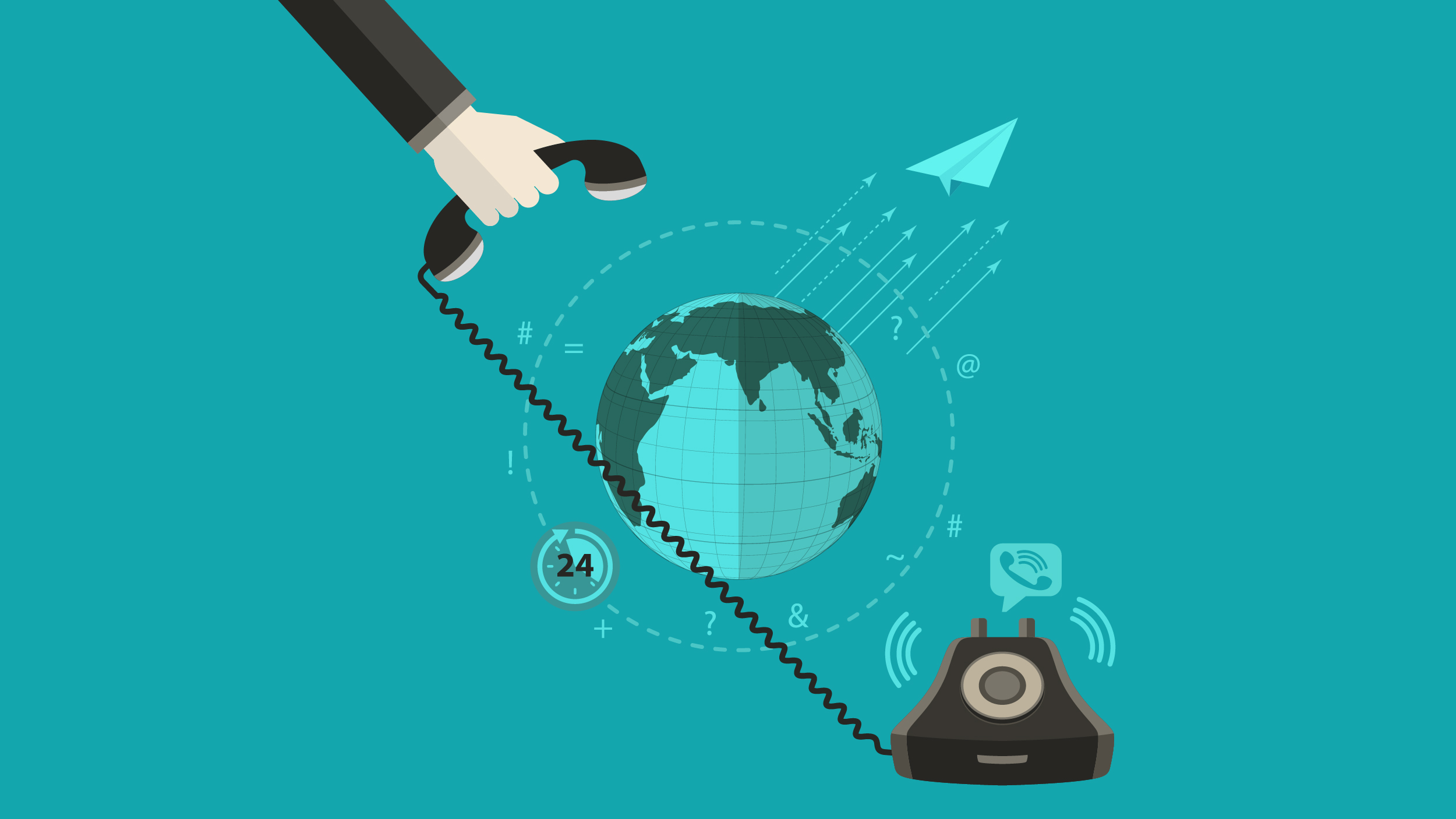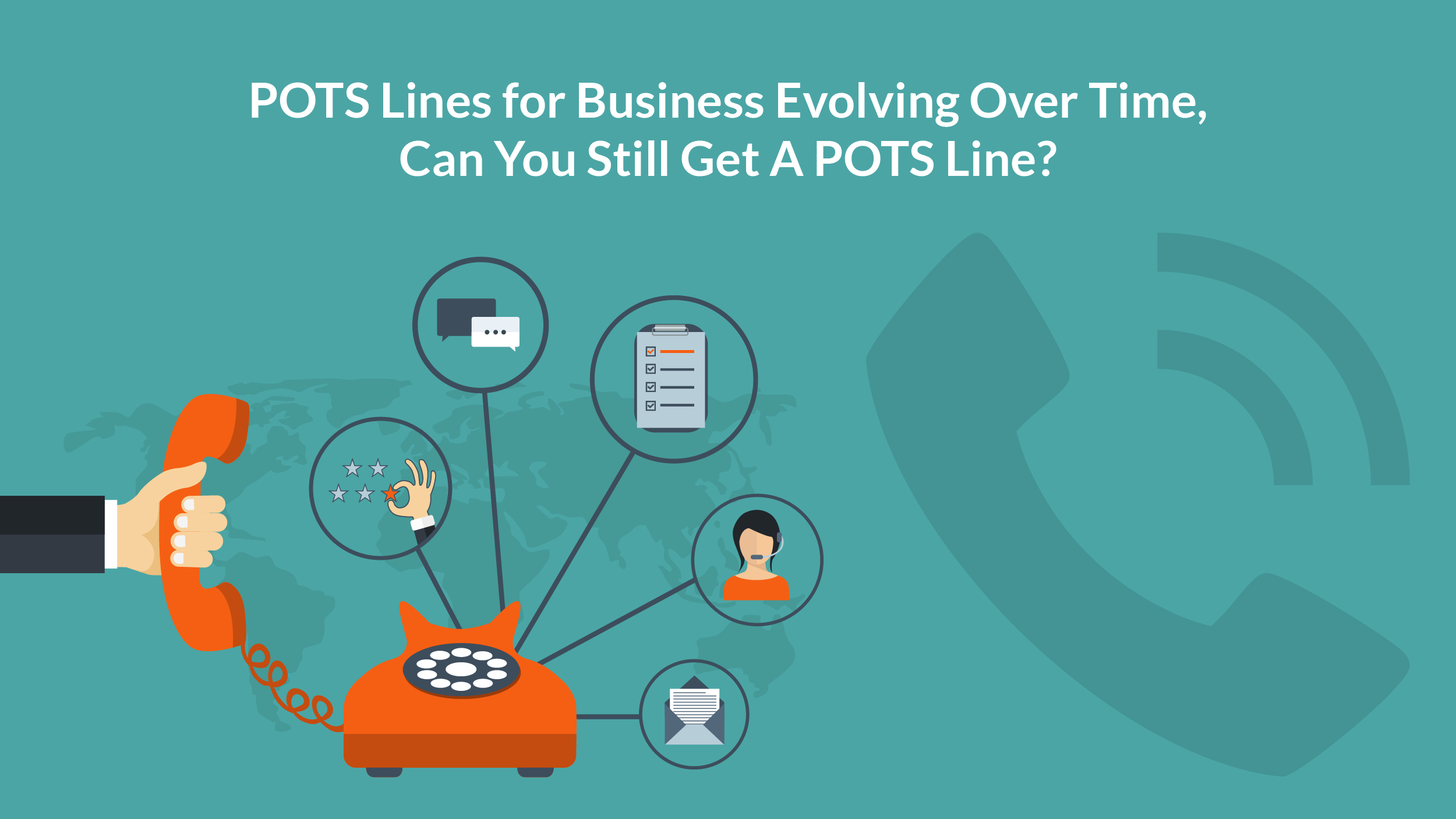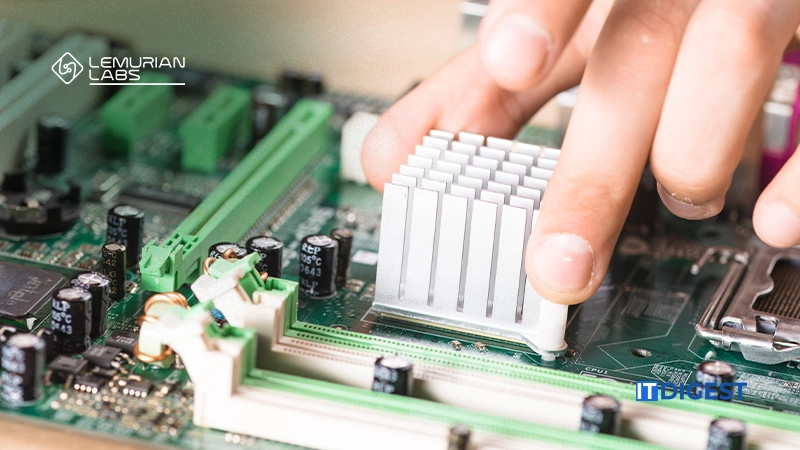Calling today involves clicking a few buttons and connecting with the person you want. This was not the exact story back in the 1990s or even the early 2000s. Back then it was the good ole landlines that kept everyone connected.
POTS lines, or Post Office Telephone Service, were extremely popular back then. They served as the established, primary telephone network for communications and business phones.
While POTS is still in use today, it has been replaced with the more contemporary and well-liked VoIP technology, which is undoubtedly an improvement.
What Is A POTS Line And What Are POTS Lines Used For?
Old-fashioned copper wires called POTS lines are connected to a regular phone to supply power and connectivity to the central switching system of the telephone service provider. To put it another way, POTS lines are the conventional analog phone services that companies utilize for things like voice, fax, DSL, and alarm lines, to mention a few.
Since March 10, 1876, POTS lines have served as the industry standard for voice-grade telephone systems.
However, there has been a change in the force, and POTS business line prices are increasing dramatically. In some parts of California, for instance, POTS expenses have increased by an astounding 458% in just 5 years, from $75 in 2016 to $419 in 2021!
 How do POTS lines work?
How do POTS lines work?
Even if POTS lines’ way of functioning has changed over time, copper or analog lines still function basically in the same way. Contrary to the earlier method, which required manually switching and connecting calls, circuits are established over copper lines between two distinct places, allowing calls to connect automatically.
- When you call a number and speak into a handset, phone POTS lines translate your sound waves into electrical impulses and send those signals down a drop wire to another terminal.
- These electrical impulses are then prepared for transmission through an aerial wire to a main phone company office.
- Automated switches decipher the electrical impulses within the main office to determine their intended destination.
- Depending on where the call is being routed to, the electrical impulses are subsequently transferred to one of two destinations. While some signals are sent straight to a central office that is closer to the call’s destination, others are sent to a tandem office.
- Any incoming electrical signals are decoded by switches in the main office, which then route the call to the desired terminal.
- Calls eventually connect to local lines and the network of the selected destination.
- The telephone handset converts electrical signals into sound waves, allowing us to hear the person on the other end of the line.
POTS Lines for Business Evolving Over Time, Can You Still Get A POTS Line?
Most firms have either made the switch to IP telephones or are in the process of doing so. The fact that VoIP delivers more cost savings than its traditional counterpart – POTS Lines, is largely responsible for this.
 There isn’t a fixed pricing for a business landline that you can base your decision on. The factors that affect this price are numerous. For one thing, it costs money to build up a landline infrastructure with a POTS line service, so the bigger the firm, however redundant it may sound, the more expense to consider.
There isn’t a fixed pricing for a business landline that you can base your decision on. The factors that affect this price are numerous. For one thing, it costs money to build up a landline infrastructure with a POTS line service, so the bigger the firm, however redundant it may sound, the more expense to consider.
A supplementary fee must be paid for other features including intercom, group ringing, call transfer, call queuing, and phone directories. When you factor in the price of hiring a specialist to perform the installation and maintenance services, these expenditures can mount up.
As an alternative, you might just opt to build up an entire business POTS Lines system that makes use of a PBX. (Except if it operates on the cloud, your call center technology most likely uses POTS.)
Also Read: Unite Private Networks to Provide Increased Bandwidth to Customers in Kansas City
You may add these extra features to your phone system using a PBX system. This does come with a price that requires forking over a sizable sum in the name of hardware upgrading. The cost of this might be in the hundreds.
An analog POTS lines system is not designed to be cost-effective in terms of real calling rates. Okay, so it may appear cheap, but the difference between it and what you receive with a service like VoIP is glaringly obvious.
Calls made over POTS lines, you see, travel between many points on a grid before they are connected. Devices like towers, cables, telephone lines, switchboards, and other infrastructures form this grid.
It was just a matter of time until POTS lost its position as the preferred phone system for both individuals and companies due to technological advancements over the years. The telephone market today has plenty of options, some of which are dated, some of which are in semi-retirement, and others which are yet to launch.
VoIP is one particular phone technology that appears to be a POTS line replacement and is also in high demand today everywhere you go.
Transition to VOIP: Transforming Calling Services
Voice over Internet Protocol (VoIP) is a method of sending voice and data between two users over an already-existing internet connection. VoIP enables the connection of numerous remote offices while preserving reliable, consistent communications.
 Additionally, it provides call forwarding, interactive voice response, and dynamic caller ID. Real-time Transport Protocol, which transports streaming audio and video, is one of the most popular VoIP protocols.
Additionally, it provides call forwarding, interactive voice response, and dynamic caller ID. Real-time Transport Protocol, which transports streaming audio and video, is one of the most popular VoIP protocols.
VoIP uses packet-switched data networks to transmit voice, as opposed to POTS, which lowers call prices, particularly for international calls. Security and downtime are two of its downsides. VoIP call confidentiality and integrity may be compromised if an attacker breaches a network.
Additionally, if the network goes down, both the voice and data networks crash at the same time.
Will POTS Line Continue or Should the Future Prepare For Something New?
VoIP is the digital version of POTS, the analog method of placing calls. VoIP technology operates by using the Internet and a router rather than a network of cables and several pieces of hardware. Since VoIP is more feature-rich and easier to use than POTS, many businesses have already made the switch. VoIP is also more cost-effective.
Although mobile can be a middle ground, VoIP call centers’ functionality and resilience are simply not present in mobile calls. Even though mobile calls are far more flexible and contemporary, they lack features like auto attendants, interactive voice response (IVR), callback, skills-based routing, and others.
Given how long POTS has been in use, it seems sensible that some companies are wary about implementing VoIP. However, employing VoIP can provide businesses with many advantages over using conventional analog telephone systems. VoIP triumphs in all of those categories, including cost, flexibility, portability, and a wealth of capabilities.
Finally, you should keep in mind that using your workplace landline will get more difficult and expensive as we progress toward the end of POTS lines.


































